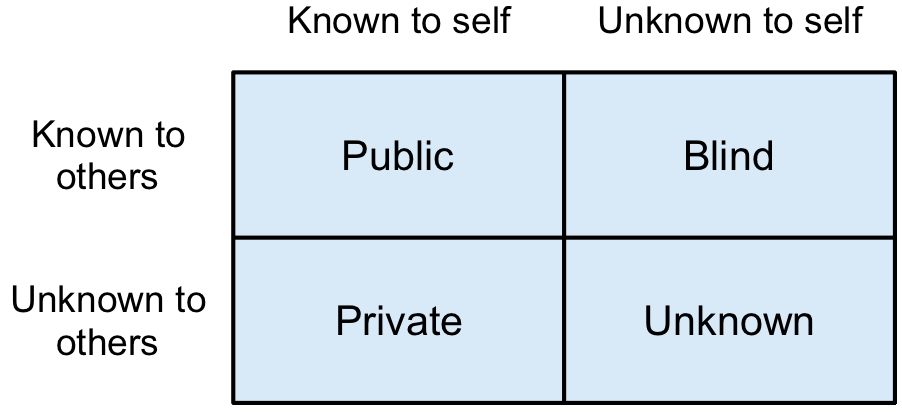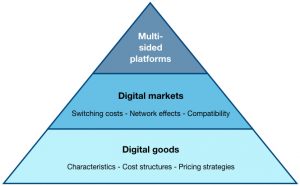Digital talents are needed almost everywhere. In order to tackle this challenge, I embarked on a new adventure – and co-founded a new company.
Curious? Take a look: www.turn2talents.de
Towards a new knowledge society
Digital talents are needed almost everywhere. In order to tackle this challenge, I embarked on a new adventure – and co-founded a new company.
Curious? Take a look: www.turn2talents.de
In the IMD World Digital Competitiveness Ranking 2023 Germany ranks 23rd out of 64 countries with its overall performance (down from rank 17 in 2019). Although this is definitely not a promising result for one of the world’s largest economies, it gets even worse when digital/technological skills of the countries are ranked: Germany’s rank is 58 (out of 64)!
More than ever, we need to work on advancing our digital skills. Besides the rather obvious technological skills, the skills for a digital business and a digital economy need to be developed further. As we keep reiterating here, digitization may start with technology, the important part of any digital business, however, is its business model.
Whenever you want to digitize something, you need to start with designing processes. Digitization usually requires some piece of technology, and you need to “tell” the machine/software what it is supposed to do, i.e. which actions to take under which circumstances – and this means designing processes.
Also, digitization often means automating at least some of the actions, so that, ideally, they can be scaled quickly. After all, that is one of the main advantages of digitization. And automation, of course, requires predesigned processes (otherwise you cannot automate).
Even in a broader sense, when, for instance, designing a platform business model, you need to carefully think about your process design. Which processes do you want the platform to support and how exactly are these processes supposed to work? Well, it all starts with processes.
The naive digital mind might think that digitization is all about technology. So some companies start hiring technical consultants and are putting their head of IT in charge of the firm’s digitization. But this approach has some flaws. While digitization may be driven by technological developments, it is at its core not about technology. At some point in time companies need to introduce some new technology, that’s right. However, the much more important tasks are the development of new processes and, above all, the development of a working business model. Digitization has profound effects on your business, and technology alone cannot address them properly. The first flaw, therefore, is to think that introducing some new technology (maybe this app for your customers) will already transform your company into a digital one.
The second flaw is putting IT in charge of digitization. IT can – and has to – take care of the technological components of your digital transformation. But is IT really the one with profound knowledge on business process reengineering, change management, digital economy, strategic management and business model development? Usually not – unless you have hired an economist or a business manager as your head of IT (the question then being, what do they know about systems architecture, software development etc.).
The challenge for e-commerce businesses is, how to incorporate Conversational Commerce (or Voice Commerce). It is still in a preliminary stage, and it requires Artificial Intelligence. It can be used along the customer journey, but can only work with corresponding conversation capabilities and an adjustment of several business processes (a search with Alexa works very differently than a search on Google, for instance).
Conversational Commerce is also a multi-sided platform. As platform owner your challenge currently is the business model.
For teaching advanced courses on e-commerce businesses I identified five major challenges:
When discussing Artificial Intelligence (AI) and its potential areas of usage, several authors use a classification of known and unknown events. Known knowns present an area in which AI can be widely used. With known unknowns and unknown unknowns (e.g. „black swan“), however, AI cannot help at all.
While this classification certainly is useful to further analyze AI usage, it is attributed to Donald Rumsfeld. Interestingly, the authors do not recollect that there is a scientific source as well: the Johari Window (see figure).

For teaching my students I like to work with a framework to structure and summarize the course. So, here is one for the digital economy.

In digital business we usually deal with goods (or services) that are fully or partly digital. In order to understand the digital economy you, therefore, have to know the specifics of digital goods. What characteristics do digital goods have? How do the resulting cost structures look like? And what follows from that for developing pricing strategies for digital goods?
Having laid this groundwork, we can further analyze how digital goods are offered or used in markets. In these systems we have to deal with several characteristics as well. Very often network effects play a prominent role as well as switching costs and compatibility in developing a sound strategy for a digital business.
On top of all that, we see more and more platforms in digital business. For some businesses the market does not only consist of two parties (seller and buyer), but of three or more parties, i.e. they are multi-sided platforms. Multi-sided platforms not only combine all topics discussed with digital goods and digital markets, they present some further challenges (e.g. chicken-and-egg problem) for building and managing them successfully.
We are used to think in terms of substitutes (one product/service replaces another). So our competitors are those with similar products and our pricing needs to be lower than our competitors’ (or our quality needs to be better).
In the digital world, however, complements (products/services which complement each other) play a much more important role. This has significant consequences on who our „competitors“ are, how to form our relationship to these „competitors“ (or partners) and how to set prices (complements influence each other).
Please find my updated paper on Internet business models here. See the abstract of the paper for more details.